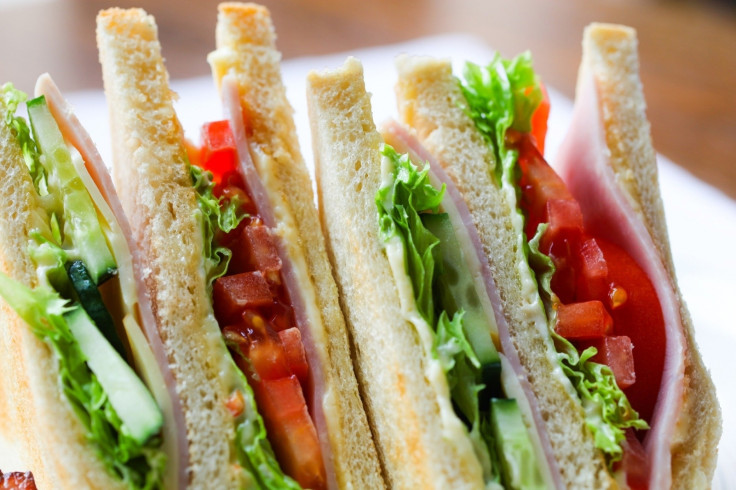Climate change: Brits' sandwich habit has the same environmental impact as eight million cars
Researchers found that the sandwiches with the highest carbon footprint were those containing pork meat, cheese or prawns.

The humble sandwich is one of the UK's best-loved foodstuffs, with Brits consuming approximately 11.5 billion of them every year, according to the British Sandwich Association (BSA).
However, a new study – the first to investigate the carbon footprint of both home-made and pre-packaged sandwiches – has found that the popular snack could have more of an impact on the environment than you might think.
Researchers from the University of Manchester looked at the entire life cycle of 40 different sandwich types and combinations – from the production of ingredients and packaging, to the amount of food waste generated at home and along the supply chain.
They found that the sandwiches with the highest carbon footprint were those containing pork meat (like bacon, ham or sausages), cheese or prawns.
Meanwhile, the single most carbon intensive type of sandwich is a ready-made 'all-day breakfast' sandwich with eggs, bacon and sausage. The results showed that just one of these sandwiches generates the equivalent amount of carbon as driving a car for 12 miles.
"Given that sandwiches are a staple of the British diet as well as their significant market share in the food sector, it is important to understand the contribution from this sector to the emissions of greenhouse gases," said Adisa Azapagic, from Manchester's School of Chemical Engineering and Analytical Sciences.
"For example, consuming 11.5 billion sandwiches annually in the UK generates, on average, 9.5 million tonnes of CO2, equivalent to the annual use of 8.6 million cars."
The study found that agricultural production and processing of the ingredients accounted for anywhere between 37% and 67% in ready-made sandwiches.
The chilling of sandwiches in shops is responsible for around a quarter of greenhouse gas emissions, while the production of packaging material and transport accounts for 8.5% and 4% respectively.
The researchers say that making your own sandwiches at home could reduce carbon emissions by half compared to shop-bought varieties Significant reductions could also be made if changes were made to recipes, packaging and waste disposal techniques.
For example, certain ingredients that have high carbon footprints, such as lettuce, tomato, cheese and meats, could be reduced, the authors recommend.
In addition, extending sell-by and use-by dates could help to reduce waste by 2,000 tonnes annually, according to the BSA.
"We need to change the labelling of food to increase the use-by date as these are usually quite conservative," said Azapagic. "Commercial sandwiches undergo rigorous shelf-life testing and are normally safe for consumption beyond the use-by date stated on the label."





















